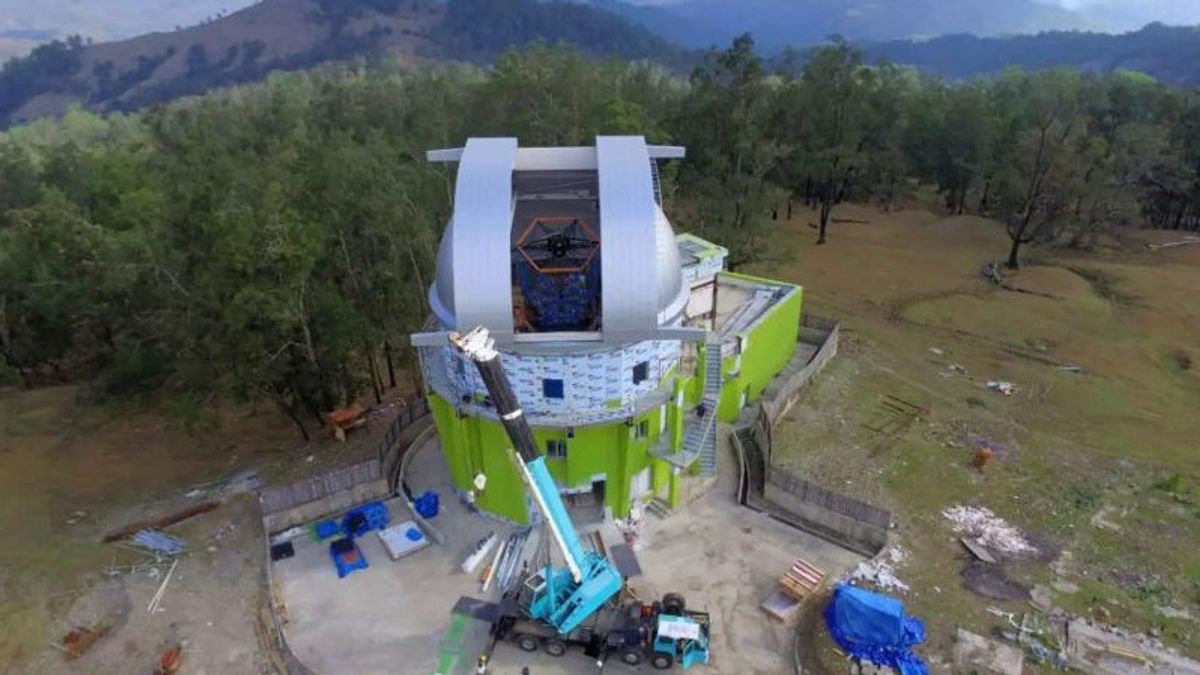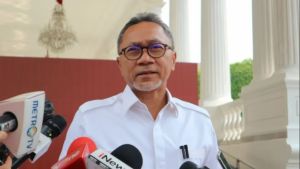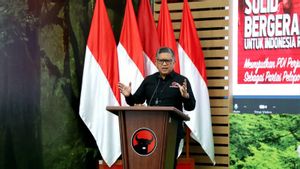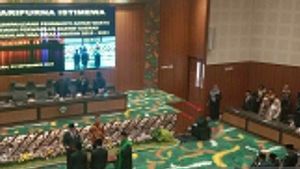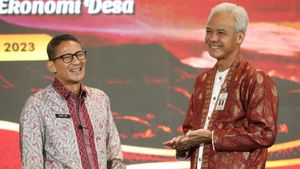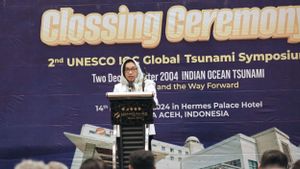NTT - The National Research and Innovation Agency (BRIN) stated that the existence of the Timau National Observatory located in Kupang Regency, can increase the competitiveness of astronomy and Indonesian space science in the eyes of developed countries.Kupang National Observatory Station Coordinator BRIN Abdul Rachman said the Timau Observatory was equipped with a 3.8 meter telescope that became the largest telescope in Southeast Asia. However, the weight was lighter by about 20 tons. "The telescope was installed at the foot of Mount Timau at an altitude of about 1,300 meters from sea level," he said in a dialogue entitled the 3.8 meter telescope monitored in Jakarta, Monday, September 25. Abdul said the 3.8 meter diameter optical telescope is much larger than the telescope currently owned by Thailand measuring 2.4 meters. The size of the telescope can sharpen the vision of celestial objects that have fainter light.
Based on BRIN analysis, NTT has a much better quality of the sky than other regions in Indonesia. Because of that the Timau Observatory is located in the right location because the clouds are very few. and the number of days with clear skies a year above 65 percent. "It is like that it is very difficult for us to find in other regions in Indonesia, because our country is a tropical country, so there are many evaporations and lots of clouds," he said.Tamau Observatory targeted to be completed this year has uniqueness because it is close to the equator with coordinates of 9 degrees 35 minutes 50.2 seconds South Latitude and 123 degrees 56 minutes 48.5 seconds East Longitude. This allows such mirror telescopes to be able to observe astronomical objects that are in the northern and southern sky hemispheres. "We are close to the equator but we are to the south. Most of the world telescopes are to the north," said Abdul. Therefore, according to him, the observatory's contribution to the world became more unique due to observations from the southern hemisphere of the Earth," he added. The telescope has a primary, secondary, and tertiary mirror. The Spider-Laba structure supports the secondary mirror at the top of the telescope. A hyperbolic primary mirror consisting of 18 flower petals-shaped segments. A one meter diameter hyperbolic shaped secondary mirror can move 5 degrees. Meanwhile, a smeared mirror to direct light to the focal point on the camera next to the telescope.
The optical system is active in the basic structure of the primary mirror support in the form of a ring. The telescope is mounted on a concrete mount and equipped with recording instruments in the form of 3OPTIKA and NIRK photometry cameras. "We hope that the Timau Observatory will make Indonesia compete again with other developed nations in the field of astronomy and space science," said Abdul.
SEE ALSO:
Furthermore, he conveyed that Indonesia had competed through the Bosca Observatory used since 1923.The oldest astronomical observatory in Indonesia located in Lembang, West Bandung Regency, West Java, has been operating for 100 years and has made many contributions to the international community, especially to multiple star observations with very high telescope resolutions. If viewed with a naked eye or a small telescope looks like one star, but uses a double refractor telescope Zeiss 0.6 meters at the Bosca Observatory, a star that looks one, can be seen as two stars due to very high separation. "That is what makes our nation able to compete with developed countries in the field of astronomy. We hope that with the presence of telescopes in Timau, we can continue the achievements that were previously inscribed by the Bosca Observatory, so that we can compete with other developed countries," he concluded.
The English, Chinese, Japanese, Arabic, and French versions are automatically generated by the AI. So there may still be inaccuracies in translating, please always see Indonesian as our main language. (system supported by DigitalSiber.id)
